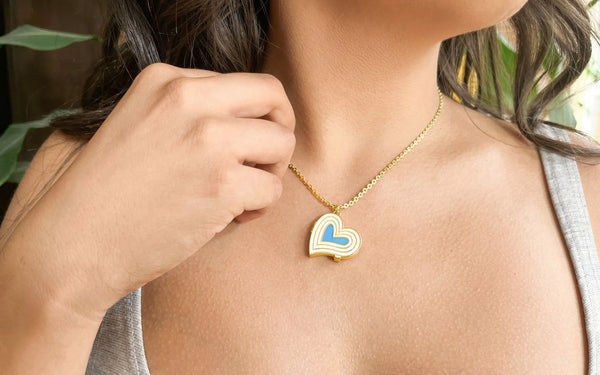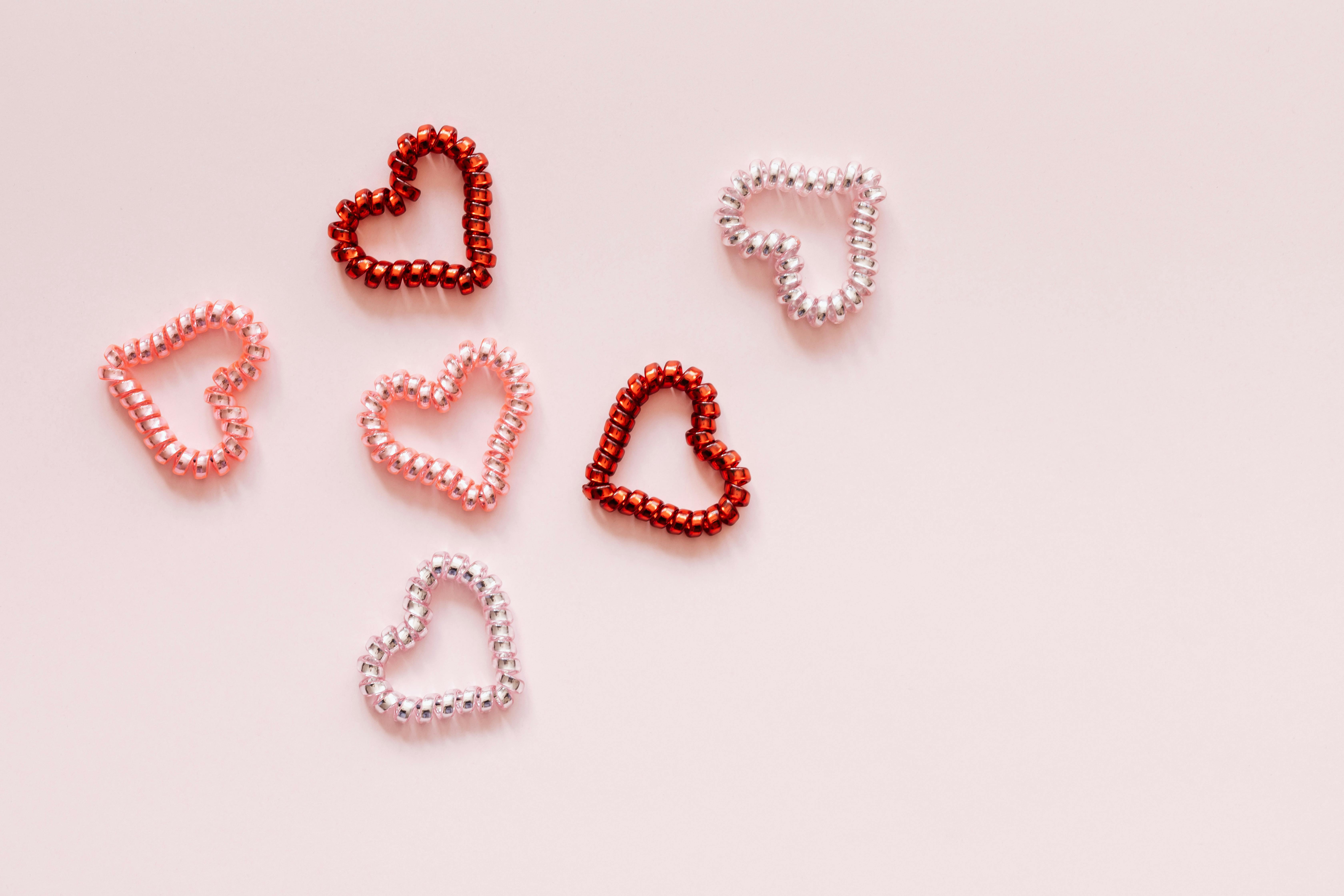The heart is a powerful and universal symbol that has been used for centuries to represent love, compassion, and courage. It is also the physical organ responsible for pumping blood throughout the body. In this article, we will delve deeper into the meanings behind different types of hearts and their significance in various cultures and contexts.
The Anatomical Heart: The Physical Pumping Machine
The first type of heart we will explore is the anatomical heart. This is the muscular organ located in the center of the chest that plays a vital role in keeping us alive. Let’s take a closer look at its structure and function.
Structure of the Anatomical Heart
As mentioned earlier, the heart is divided into four chambers – the right atrium, right ventricle, left atrium, and left ventricle. These chambers are separated by walls called septums. The heart is also surrounded by a protective sac called the pericardium.
Each chamber has its own specific role in the circulation of blood. The right atrium receives deoxygenated blood from the body through the superior and inferior vena cava. This blood then flows into the right ventricle which pumps it out to the lungs through the pulmonary artery. The left atrium, on the other hand, receives oxygen-rich blood from the lungs through the pulmonary veins. This blood then flows into the left ventricle which pumps it out to the rest of the body through the aorta.
Function of the Anatomical Heart
The primary function of the heart is to pump blood throughout the body. This process occurs in two stages – systole and diastole. During systole, the heart muscle contracts and pumps blood out of the chambers. During diastole, the heart muscle relaxes, allowing the chambers to fill with blood again.
In addition to pumping blood, the heart also has an important role in regulating blood pressure. The contraction of the heart muscles increases the pressure in the arteries, while the relaxation of these muscles decreases the pressure. This cycle helps to maintain a constant flow of blood throughout the body.
The Symbolic Heart: Beyond Physicality
While the anatomical heart is a tangible and functional organ, the symbolic heart holds a deeper meaning and significance. It is often used in art, literature, and religion as a representation of emotions, spirit, and intuition. Let’s explore the different interpretations of the symbolic heart.
Love and Compassion
One of the most common meanings associated with the symbolic heart is love and compassion. The heart is seen as the seat of emotions, and the red color further reinforces its association with passion and romance. The phrase “to wear one’s heart on their sleeve” means to openly display one’s emotions, further emphasizing the connection between the heart and feelings.
In many cultures, the heart symbol is used to represent deep love for someone or something. For example, in ancient Greece, the heart was seen as the source of all emotions and the center of a person’s being. In Christianity, the heart is often used to represent God’s love for humanity and the love that should be shared among people.
Courage and Strength
The heart is also closely linked to courage and strength. This interpretation stems from the idea that the heart is the source of bravery and determination. In the Tarot, the heart is depicted as the suit of cups, which represents emotions, intuition, and creativity. These qualities are essential for building inner strength and facing challenges with courage.
In some cultures, the heart symbol is also used as a talisman or amulet to protect against evil or give the wearer strength and courage. Additionally, the heart is often seen as a symbol of resilience and endurance, reminding us to keep going even in the face of adversity.
Intuition and Wisdom
In many ancient cultures, the heart was seen as the center of intuition and wisdom. The idea that our hearts hold a deeper knowledge beyond logic and reasoning is still prevalent in many spiritual beliefs. The heart is often associated with gut feelings and inner knowing, guiding us towards the right path.
Furthermore, the heart is also believed to be the center of wisdom and higher consciousness. In some traditions, it is seen as the seat of the soul, connecting us to our spiritual selves and the universe.
Exploring Different Types of Hearts
Now that we have a better understanding of the anatomical and symbolic heart, let’s take a closer look at the different types of hearts and their meanings.
The Red Heart: Universal Symbol of Love
The red heart is perhaps the most recognizable and widely used type of heart. It is commonly seen as a representation of love, passion, and romance. The color red has long been associated with strong emotions, making the red heart a perfect symbol for love and desire.
In addition to romantic love, the red heart can also represent familial love, friendship, and compassion. It is often used to express deep affection towards loved ones or to show support and solidarity during difficult times.
| Type of Heart | Meaning |
|---|---|
| Red Heart | Love, Passion, Romance, Compassion |
The Pink Heart: Softness and Sweetness
The pink heart is a lighter and more delicate version of the red heart. It is often associated with sweetness, tenderness, and femininity. The color pink is also linked to nurturing and maternal instincts, making the pink heart a powerful symbol of motherly love.
In some cultures, the pink heart is also used to represent friendship and harmony. It is a gentle reminder to be kind and compassionate towards others, promoting positivity and understanding.
| Type of Heart | Meaning |
|---|---|
| Pink Heart | Sweetness, Tenderness, Maternal Love, Friendship |
The Purple Heart: Spirituality and Mystic Wisdom
The purple heart is a symbol of spirituality and mystic wisdom. The color purple has long been associated with royalty and divinity, making the purple heart a representation of higher consciousness and enlightenment.
In some cultures, the purple heart is also seen as a symbol of magic, mystery, and intuition. It is often used to represent the connection between our physical and spiritual selves and the wisdom that comes from within.
| Type of Heart | Meaning |
|---|---|
| Purple Heart | Spirituality, Mystic Wisdom, Magic |
The Blue Heart: Trust and Loyalty
The blue heart is a symbol of trust, loyalty, and faithfulness. The color blue is often associated with stability and calmness, making the blue heart a representation of security and reliability in relationships.
In some contexts, the blue heart can also symbolize sadness or depression. However, when used in its positive sense, it conveys a sense of deep connection and support between individuals.
| Type of Heart | Meaning |
|---|---|
| Blue Heart | Trust, Loyalty, Faithfulness |
The Green Heart: Harmony and Growth
The green heart is a symbol of harmony, balance, and growth. The color green is often linked to nature and the environment, making the green heart a representation of our connection to the earth and all its living beings.
In addition to environmentalism, the green heart can also symbolize personal growth and healing. It reminds us to be open to change and embrace new beginnings.
| Type of Heart | Meaning |
|---|---|
| Green Heart | Harmony, Growth, Healing |
The Black Heart: Mourning and Rebellion
The black heart is a symbol of mourning and rebellion. Unlike other types of hearts, the black heart is often associated with negative emotions and connotations. It is a representation of grief, loss, and darkness.
In some contexts, the black heart can also symbolize rebellion and nonconformity. It is a statement against societal norms and expectations, embracing individuality and free thinking.
| Type of Heart | Meaning |
|---|---|
| Black Heart | Mourning, Rebellion, Nonconformity |
Conclusion: The Power of Different Hearts
The heart holds a deep and powerful meaning in various cultures and traditions. Whether it is the physical organ responsible for keeping us alive or the symbolic representation of love, compassion, and courage, the heart continues to be a universal symbol of human emotions and experiences.
From the red heart representing passionate love to the black heart symbolizing mourning and rebellion, each type of heart carries its own unique significance. So the next time you see a heart, whether it’s on a Valentine’s Day card or a piece of artwork, take a moment to reflect on its meaning and the emotions that it evokes within you. After all, as the saying goes, “the heart knows what the mind can’t explain.”



